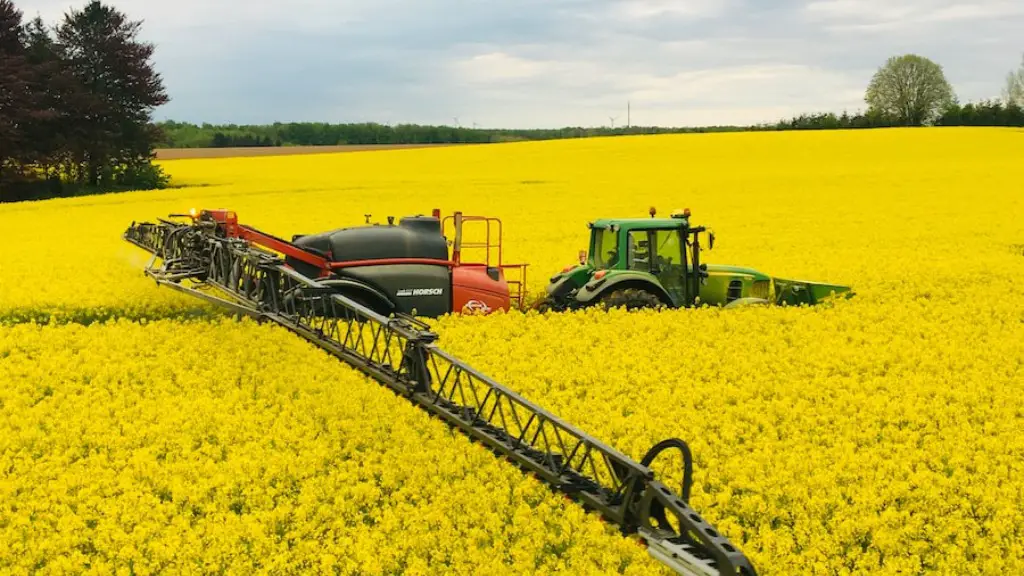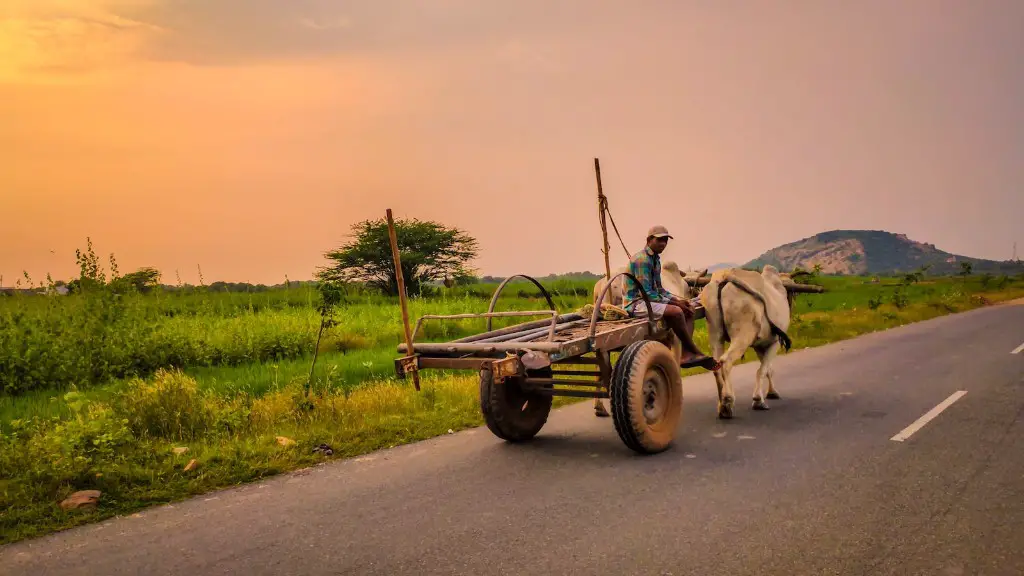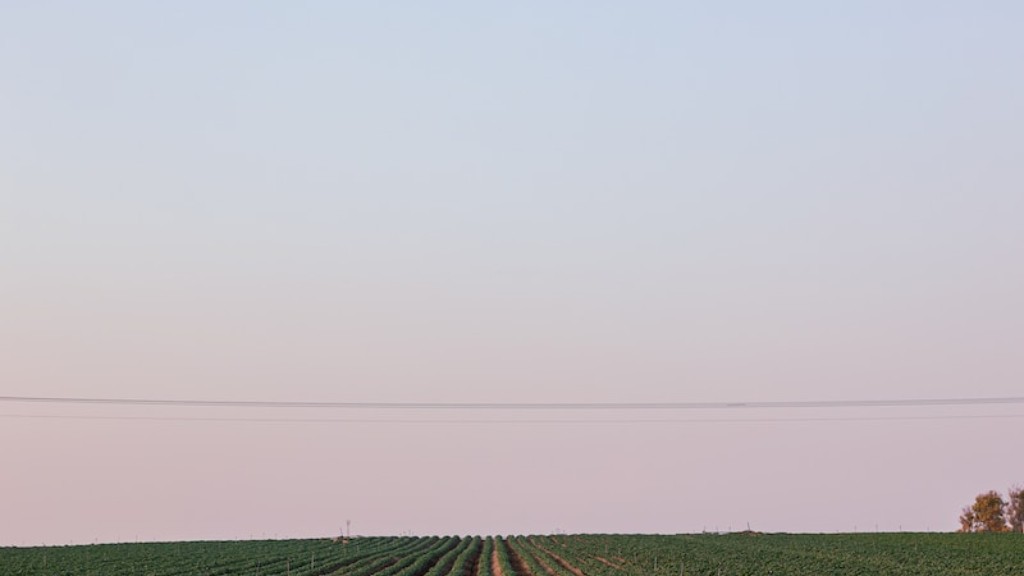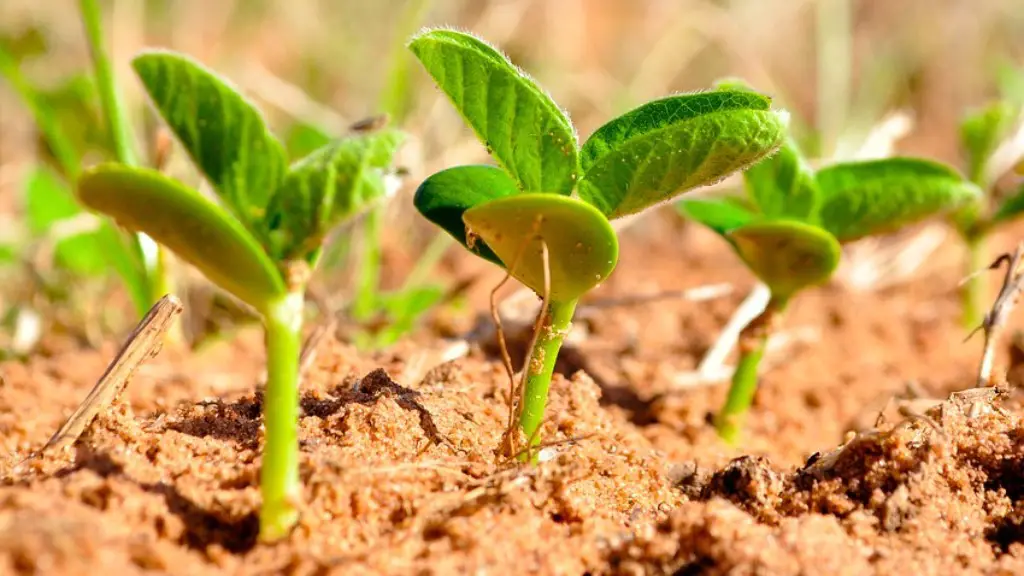Scouting in agriculture is a process for monitoring and assessing plants, insects, weeds, and other potential pests and diseases in agricultural fields. The aim is to identify any threats to crops early in order to apply preventative or curative measures or to help plan operations such as planting or harvesting. Scouting is especially important in mono-crop, large-scale agricultural production. It is a popularly adopted practice to ensure crop yield, economic stability and environmental sustainability of a farm.
For scouting to work effectively, it must be carried out regularly and systematically, depending on the crop and its growing stage. Generally, scouts are trained to assess individual organisms and the signs they give of environmental changes related to the growth and health of plants. A scouting report usually records any detectable organism, where it is found, its size, number, state of health and any changes over time. During scouting, the scout should record their findings and then communicate these to farmers and other decision-makers.
Scouting must be done in a timely manner so as to identify any possible damage to the crop early on. This will allow for preventive measures to be taken, such as adding fertilizers or making use of crop protection products. It is also important to consider other factors such as weather, soil profiles and the local environment. Through careful planning, the scout is able to provide crucial information to the farmers to aid in decision making or management plans.
In some cases, it may be necessary to enlist the help of experts to provide more detailed and accurate data regarding crop health and development. This could be done through soil testing, aerial surveys, remote sensing, or other more complex methods. Furthermore, scouting is advantageous as it can help to reduce the need for chemical measures, ensuring environmental sustainability and economic stability.
In conclusion, scouting in agriculture is a valuable practice that can ensure the sustainability and economic viability of farms. It helps to detect threats early and enable the farmer to take appropriate measures to protect their crops and optimize crop production. When done properly and regularly, scouting can provide invaluable data to help farmers make informed decisions.
How is Scouting Applied in Agriculture?
Scouting can be applied to specific crops, lawns, and ornamental plants. As each require different methods for scouting, it is important for the scout to be familiar with the crop and its characteristics. Depending on the crop type and stage of growth, the scout must decide on an effective scouting technique or practice to obtain accurate results. Generally, scouting is done on foot, although the scout may also need to use other tools such as binoculars for aerial sightings.
In agricultural scouting, experts use a series of planned observations and appraisal strategies. This helps them to properly document the volume, size, species, and location of pests. The purpose of scouting is to detect problems before they arise, in order to take action and stop the growth of pests before they become a greater threat. Scouting practices may vary, and may be done on foot or with additional tools, but the overall objective is to minimize pest damage and crop losses.
Scouting consists of a series of stages. First, the scout will assessment the field, document the pests present and their numbers, record the size and location of pests, and note any changes over time. Second, the scout will recommend preventive or curative measures in order to limit the potential damage to the crop. Finally, the scout will complete a report or chart of the results to be shared with farm managers and other decision-makers.
Scouting is a vital part of modern farming, and is important in order to maintain the economic viability and environmental sustainability of a farm. The efficacy of scouting depends on regularly correct proper scouting techniques as well as the results of the research. As such, it is important to ensure that proper methods and strategies are employed in order to obtain accurate and reliable results.
Benefits of Scouting in Agriculture
Scouting offers numerous advantages to farmers and those involved in agricultural production. Foremost, scouting helps to prevent crop damage from pests and disease-causing organisms before they cause extensive damage. This can result in smaller losses and higher productivity, which in turn can translate into greater profits for the farm. Scouting also helps to spot potential problems early, enabling the necessary measures to be taken to combat them.
In addition, scouting can help farmers to manage their resources more efficiently and accurately. This allows them to plan their production more effectively and strategically. Effective scouting can also help reduce the need for chemical controls, protecting the environment while ensuring economic efficiency. Furthermore, scouting can also help farmers to identify and manage fluctuating crop yields and better plan the use of labor and machinery.
Scouting is also advantageous in identifying weeds, diseases and insects at an early stage, thus reducing the need for spraying chemical fertilizers, pesticides, and herbicides. Effective scouting practices can enable farmers to reduce the amount of chemical inputs, minimizing the risks to human and animal health. Additionally, scouting can result in the optimization of the use of production inputs, promoting sustainable farming.
By providing accurate and timely data, scouting can help farmers to make informed decisions that result in greater production and greater profits. As such, it is an essential practice for any successful farm. Through careful assessment and data collection, scouting can be a powerful tool for ncreasing the productivity, profits, and sustainability of a farm.
Significance of Scouting in Agriculture
Crop scouting is an important part of modern farming, and its importance cannot be understated. It is a key factor in preserving the economic viability, environmental sustainability, and quality of crops. Therefore, it is essential that the most effective strategies are used when scouting is employed. Good scouting data will enable farmers to make informed decisions that lead to higher yields, greater profits, and improved sustainability.
Timely and accurate scouting is also important in terms of preventing crop losses due to pests and diseases. Early detection of problems can assist in preventing them from escalating, which can minimize losses and financial ruin. When done right, scouting can be a powerful tool to help farmers effectively manage their fields and investments. Together with other management practices, such as crop rotation, pest control, and irrigation, scouting can help farmers maximize their profits, crop yield, and sustainability.
In conclusion, the importance of scouting in agriculture is undeniable. It is a powerful tool to help farmers make informed decisions and manage their farms effectively and sustainably. When combined with other practices, such as irrigation and pest control, it can help to promote proper crop yield and financial stability for a farm.
Limitations of Scouting in Commerce
The effectiveness of scouting depends on a number of factors, including the experience and expertise of the scout, the quality of the data collected, and the ability to take timely action. As such, there are limitations to what scouting can achieve. For example, inaccurate and untimely data can lead to the misidentification of pests and incorrect decision-making.
In addition, scouting may be limited due to technological and/or financial constraints. For instance, certain monitoring techniques such as aerial surveys, soil testing, and remote sensing may be outside of the budget of many farmers. Furthermore, certain pests may be hard to detect, thus requiring the use of specialized equipment or expert knowledge to do so.
In many cases, the scout may not have the necessary skills, resources or time to scout the field comprehensively. This could result in data that is incomplete, inaccurate or unreliable. In such instances, it is important for the scout to be aware of the limitations of their data so as to make informed decisions with confidence.
Finally, scouting is not a single-practice solution. In order for it to be effective, it must be carried out together with other tried and tested farming practices, such as crop rotation, soil testing, and pest control. This is necessary to make sure that issues are addressed and dealt with in a timely and effective manner.
Efficient Scouting Strategies
The success of scouting depends on the ability of the scout to employ efficient strategies for data collection and analysis. This involves the use of appropriate tools and techniques, as well as the ability to correctly identify any pests. As such, it is important for the scout to be familiar with the crop, its characteristics, and the stage of development in order to select the most appropriate methods and techniques.
Certain techniques, such as aerial surveys, can be more effective than traditional scouting techniques. Additionally, certain pests may require the use of specialized equipment or expertise. It is essential for the scout to be familiar with the most up-to-date techniques and tools needed to effectively monitor and appraise crops.
When scouting, it is also important to keep records of the data collected. This should include the type and number of pests, their size and location, and any changes over time. Keeping records will enable the scout to monitor the evolution of certain species, detect patterns, and make timely and accurate assessments. This can help to facilitate decision-making and help to prevent potential crop losses.
Finally, collaboration with other scouts, farmers, and experts can also be beneficial in scouting. Through joint efforts, scouts can share knowledge, resources, and experiences to create a comprehensive and accurate understanding of crop conditions and any potential problems or solutions. This can be particularly crucial when attempting to tackle issues related to large and complex cropping systems.
Conclusion
Scouting in agriculture is an essential practice for modern farming. It can assist with the identification of pests, evaluation of crop conditions, and decision-making, resulting in greater economic viability and environmental sustainability. In order for scouting to be effective and accurate, it is important for the scout to possess the necessary skills, expertise, and equipment and to carry out the process regularly and systematically.





